Market
Cardano’s Chang Hard Fork Nears Completion, Hoskinson Says
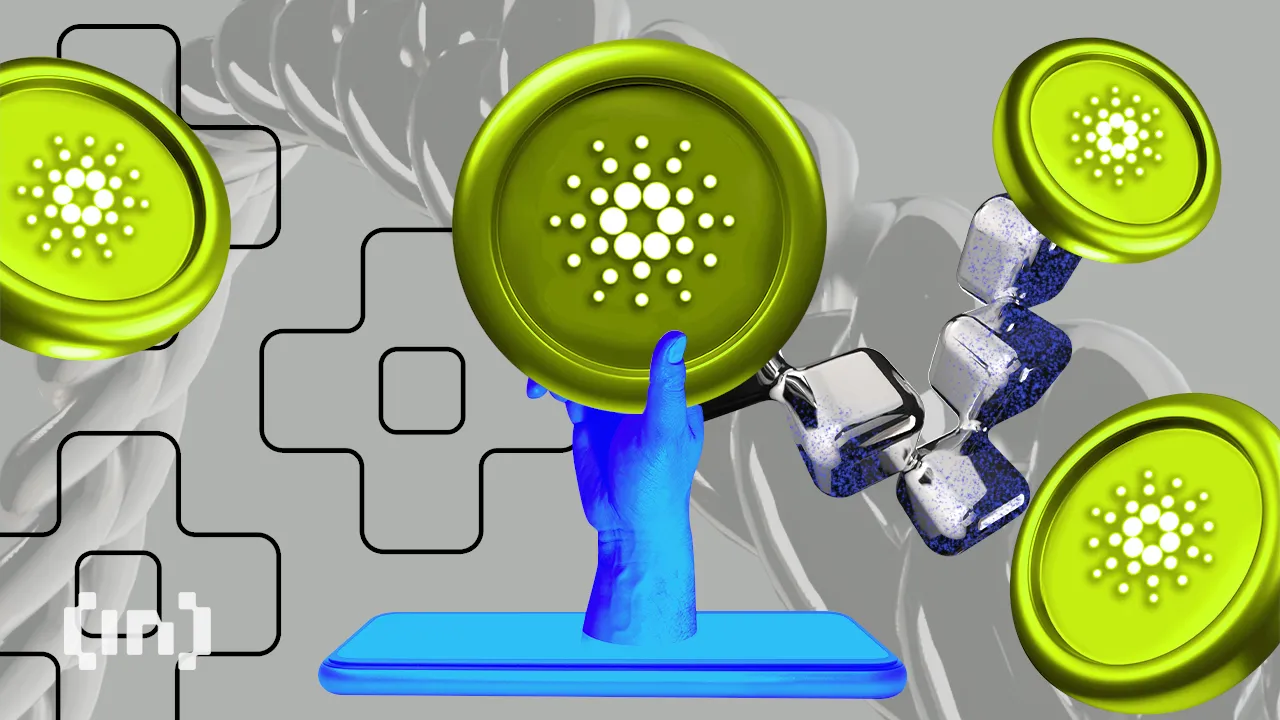
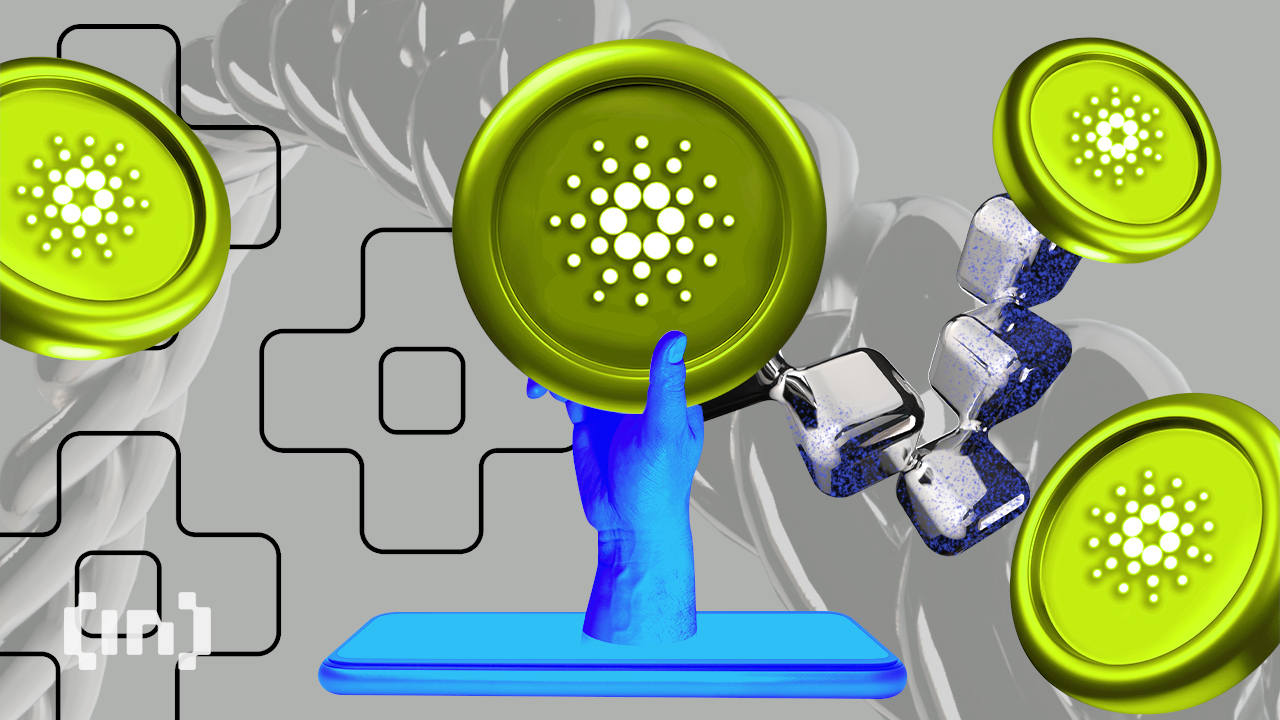
In a live AMA session from his ranch in Wyoming, Cardano founder Charles Hoskinson delivered an eagerly awaited update on the blockchain platform’s future.
Hoskinson confirmed that the Chang hard fork is practically finished and anticipated to be rolled out next week. This significant milestone marks the transition to the Voltaire era, a new phase of governance for the Cardano network.
Reflecting on Progress: Cardano’s Journey to CIP-1694 Completion
Hoskinson began by reflecting on the challenges and achievements of the past few years. He celebrated the completion of all elements of the Cardano Improvement Proposal (CIP) 1694, which took about two years and was essential for advancing Cardano’s infrastructure.
In the Cardano ecosystem, CIPs are community-driven suggestions to enhance the blockchain. The community votes on these proposals, deciding which ones to implement.
Read more: Who Is Charles Hoskinson, the Founder of Cardano?
As part of CIP-1694, Chang fork will introduce Delegates (DReps) elected by Cardano token (ADA) holders. These representatives will draft the Cardano constitution, while the supreme law governing the network.
Node 9.0’s release notes indicate that this version does not yet include DRep voting and all governance activities, as the full voting protocol will be available in Node 10.0. However, Node 9.0 supports the initial phase of CIP-1694 in production environments.
According to Hoskinson, Node 9.0 is the final step before the Chang hard fork, named in honor of Cardano enthusiast Phil Chang, who passed away two years ago. The primary goal of the Chang hard fork is to alter the ownership structure of the Cardano blockchain. It will initiate the Voltaire era, fully decentralizing network management.
He added that the new node, an improvement from version 8.2.2, is set to be rolled out next week, barring any last-minute issues. The Chang hard fork also represents a pivotal moment for Cardano, marking the transition to the Voltaire era, which focuses on governance.
Future Milestones: Plutus V3, Hydra, and the Next Governance Vote
Recently, the network implemented the Voltaire Upgrade, introducing significant changes to foster a community-driven network. Hoskinson expressed excitement about reaching this stage, a process that has been “two years in the making.”
Achieving a network node density of around 70% will trigger the hard fork, ushering in new governance capabilities and broader community participation in decision-making. Network node density refers to the percentage of total nodes in the network running a particular software version or update. A higher density indicates a larger percentage of nodes operating the same update.
Furthermore, Hoskinson discussed the complexities that lie ahead post-Chang hard fork, particularly in the Basho era, which will address the network’s scalability and optimization. The Basho phase requires significant community input to balance various trade-offs, including on-chain and off-chain data processing and technical decisions like on-chain sharding and transaction processing adjustments.
“Basho is a very multidimensional thing and requires a lot of discussions about which direction and what trade-offs people want,” Hoskinson elaborated.
Hoskinson also mentioned future milestones, including Plutus V3, Hydra, Leios, and Mithril, as important candidates for the next governance vote. This vote will essentially ratify Basho’s final state and resource allocation.
Read more: How To Buy Cardano (ADA) and Everything You Need To Know
According to Cardanoscan, exchanges and stake pools were not yet ready for the hard fork at the time of publication. However, the Cardano community remains optimistic about the imminent changes and the future of the network.
Disclaimer
In adherence to the Trust Project guidelines, BeInCrypto is committed to unbiased, transparent reporting. This news article aims to provide accurate, timely information. However, readers are advised to verify facts independently and consult with a professional before making any decisions based on this content. Please note that our Terms and Conditions, Privacy Policy, and Disclaimers have been updated.
Market
Pi Network Struggles, On Track for New All-Time Low
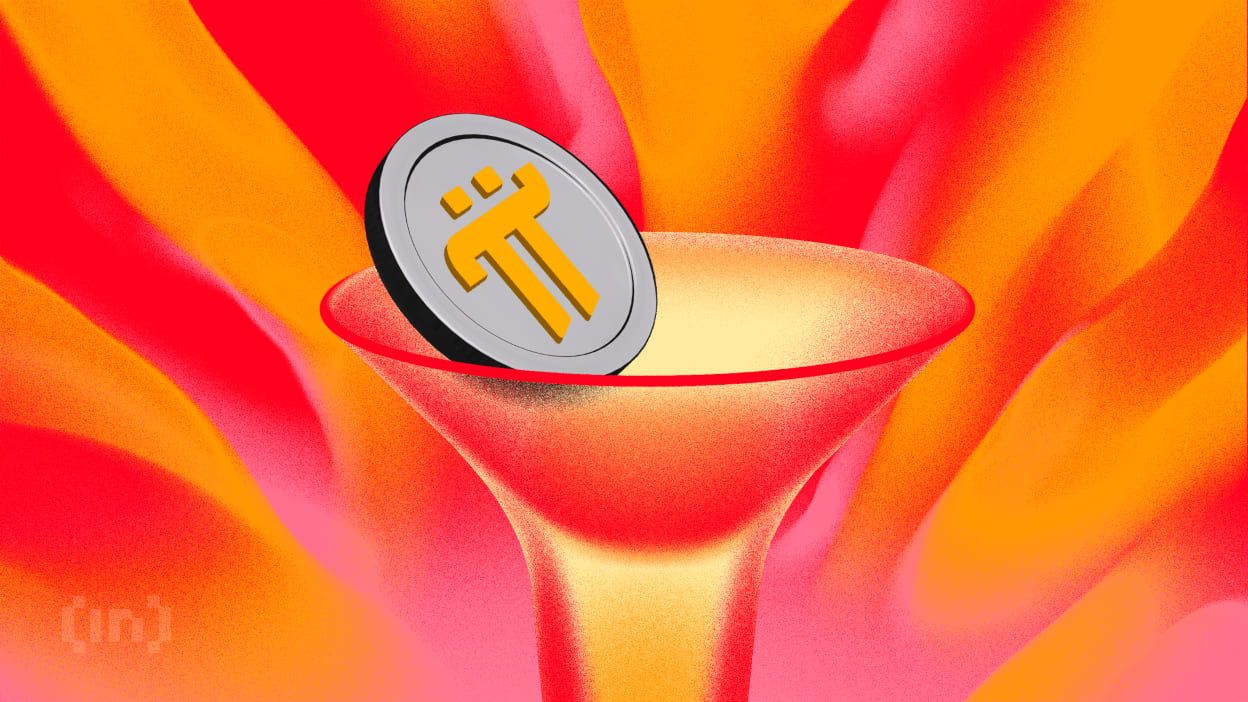
Pi Network continues to struggle in the market as its price remains on a downward trajectory. Despite earlier optimism, investors have been increasingly skeptical of the coin, contributing to a prolonged downtrend.
The uncertainty around its value suggests Pi Network may be headed for a new all-time low (ATL).
Pi Network Witnesses Outflows
The ADX (Average Directional Index) has recently crossed the 25.0 threshold, indicating that the current bearish trend is gaining momentum. This is a concerning signal for Pi Network’s price, as the rising bearishness suggests that it will be increasingly difficult for the cryptocurrency to recover in the short term. With the ADX pointing towards sustained negative market forces, the pressure on Pi Network’s price will likely intensify as the token nears its previous ATL.
The growing strength of the bearish trend is compounded by investor uncertainty, with many questioning the token’s long-term viability. This uncertainty can lead to further selling and a lack of fresh buying support, making it even harder for Pi Network to find a solid foundation for recovery.

Pi Network’s macro momentum also paints a grim picture for the altcoin. The Chaikin Money Flow (CMF) indicator, which measures the volume of money flowing into and out of a coin, has been deeply negative. Although there has been a slight uptick, the indicator remains in the negative zone, signaling that investors are still reluctant to buy into the token.
The slight increase in CMF reflects minor capital inflows, but this could be short-lived if the skepticism persists. With investors hesitating and outflows continuing, Pi Network’s price faces significant challenges. The current trend suggests that more outflows could occur if the coin reaches a new ATL.
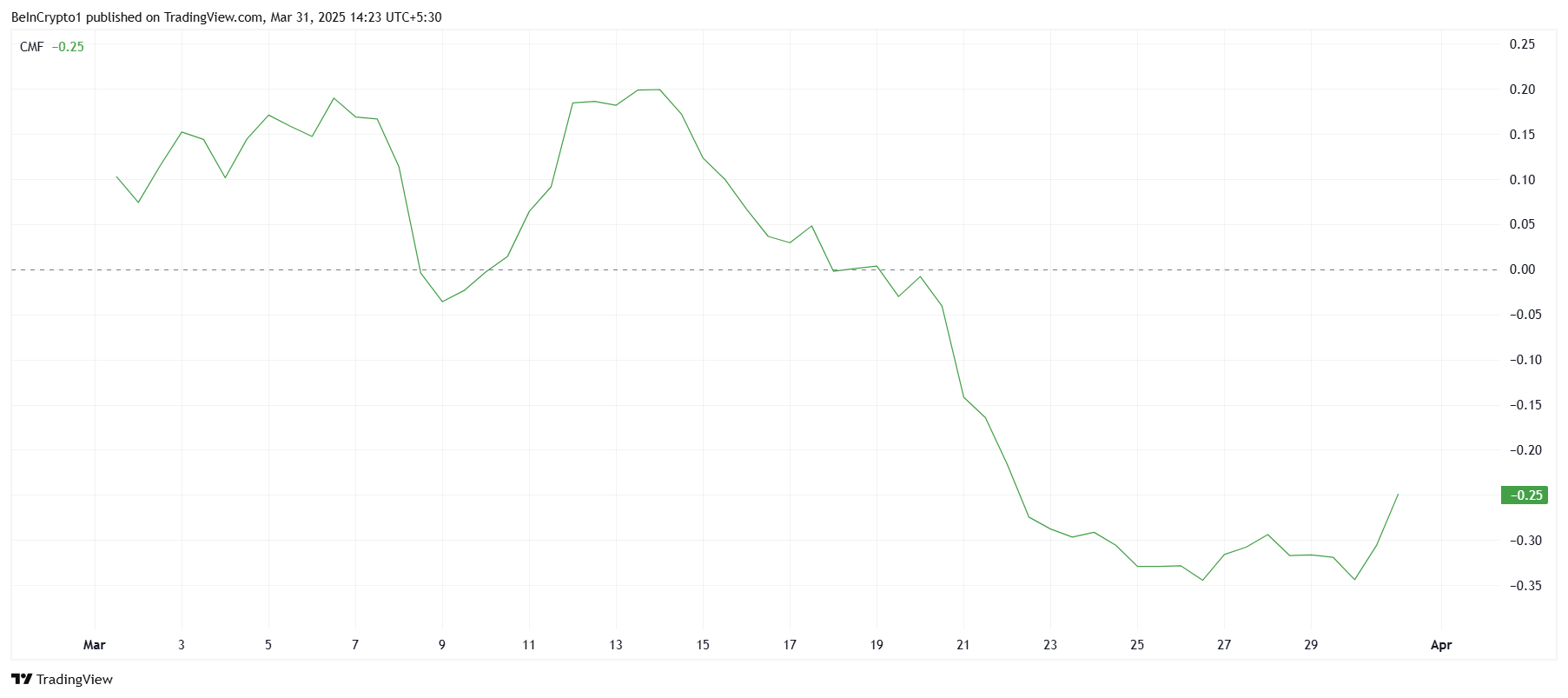
PI Price Nears New Low
Pi Network is currently trading at $0.70, just above its ATL of $0.62. The altcoin saw a 12.8% decline over the past 24 hours after failing to reclaim $0.87 as support. This failure to regain previous support levels shows the continued lack of investor confidence.
If the bearish trend persists, Pi Network is likely to fall through the $0.62 support level, potentially dropping to $0.50. A new ATL could be set as the market sentiment continues to weigh heavily on the price, leading to further losses for existing investors.
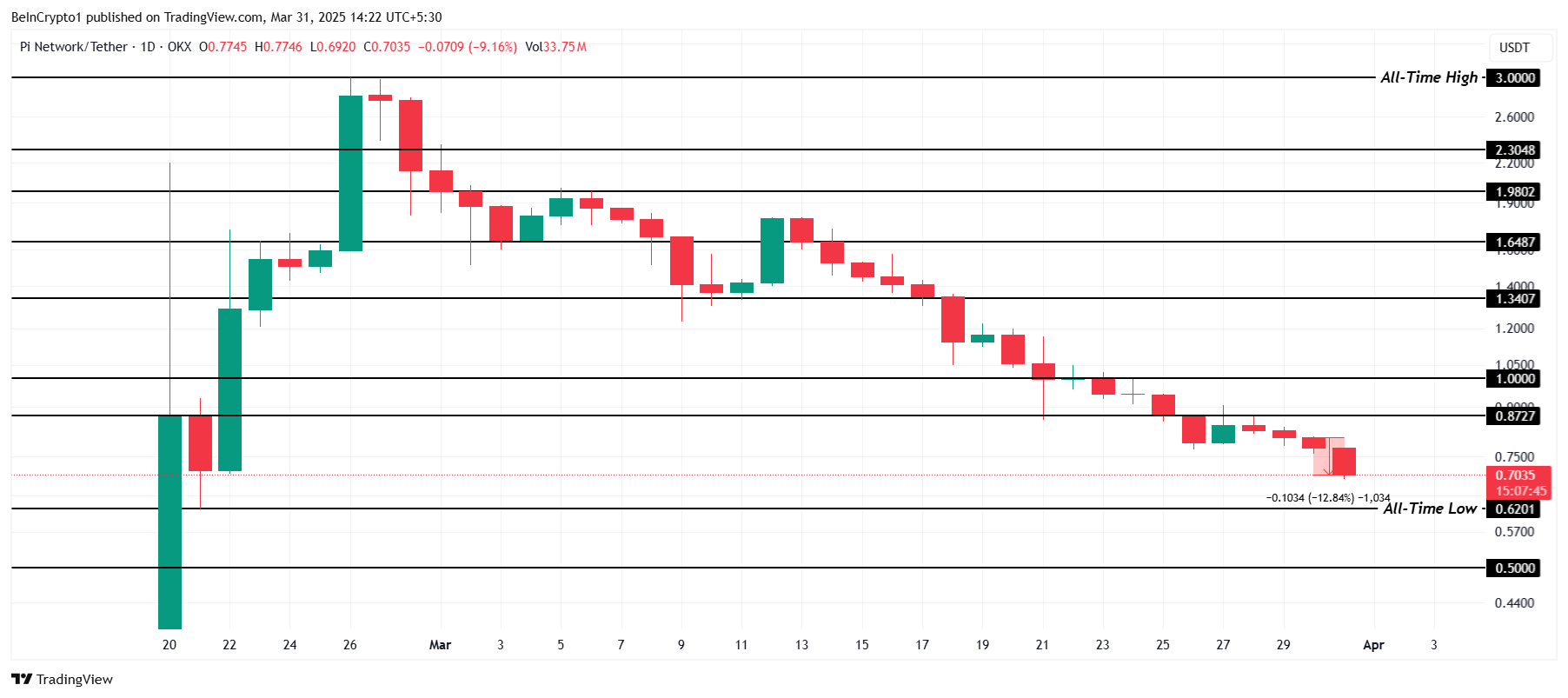
The only way to reverse the bearish outlook is for investors to change their approach and capitalize on low prices. Increased inflows could potentially drive Pi Network’s price back above $0.87, and if it surpasses the $1.00 level, it would reclaim critical support and signal a possible recovery for the altcoin.
Disclaimer
In line with the Trust Project guidelines, this price analysis article is for informational purposes only and should not be considered financial or investment advice. BeInCrypto is committed to accurate, unbiased reporting, but market conditions are subject to change without notice. Always conduct your own research and consult with a professional before making any financial decisions. Please note that our Terms and Conditions, Privacy Policy, and Disclaimers have been updated.
Market
Bitcoin Mining Faces Tariff Challenges as Hashrate Hits New ATH
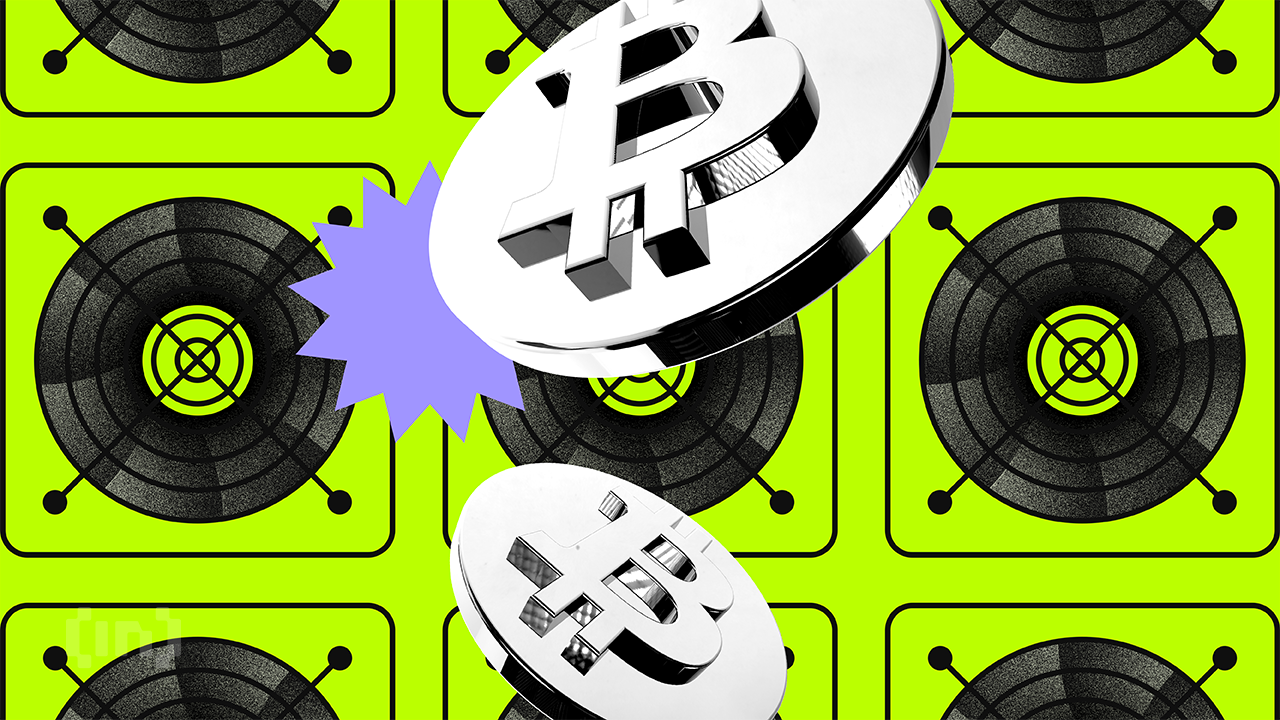
The Bitcoin mining industry is becoming increasingly competitive as the network’s hashrate reaches an all-time high (ATH). At the end of March 2025, Bitcoin’s hashrate hit 850 million TH/s.
However, alongside this impressive growth, the industry is struggling with rising production costs and new tariff barriers, particularly in the US. These factors are putting significant pressure on mining companies and could reshape the sector’s future.
Hashrate Surges, Mining Costs Soar
Bitcoin’s hashrate measures the total computing power used by miners to secure the network and validate transactions. It is expressed in terahashes per second (TH/s), representing the number of hash calculations the network performs every second.
According to Blockchain.com, Bitcoin’s hashrate surpassed 850 million TH/s in March. This increase reflects a rise in miners joining the network and growing confidence in Bitcoin’s value and security.
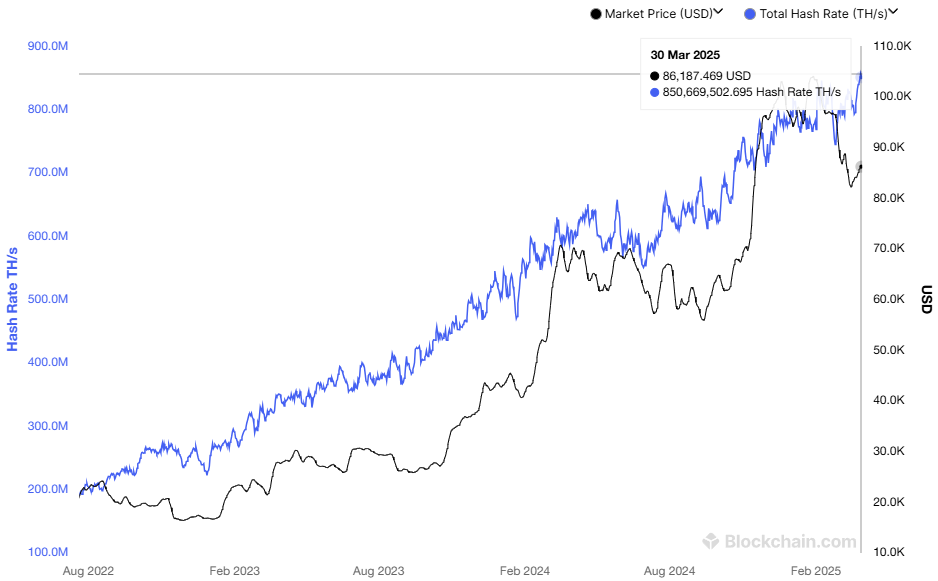
“Each time the network gets stronger, Bitcoin becomes harder to attack, harder to ignore, and more justified in commanding a higher valuation. This isn’t just code. It’s economic gravity. Bitcoin has become the most secure monetary network humanity has ever seen. And it’s only getting stronger.” — Thomas Jeegers, CFO & COO of Relai commented.
Despite this surge in hashrate, mining profits are not rising accordingly. According to a report from Macromicro, the cost of mining one Bitcoin has doubled since early 2024, now reaching $87,000. The main drivers behind this increase are rising electricity prices and the high operational costs of specialized mining hardware (ASICs).
With Bitcoin’s price fluctuating, many mining companies risk operating at a loss unless they optimize their efficiency. This challenge is particularly severe for smaller miners, who lack the scale advantages or access to cheap electricity that larger firms enjoy.
Tariff Challenges and Dependence on Chinese Hardware
Another major obstacle for Bitcoin miners is trade restrictions, particularly in the US. According to CoinMetrics, ASIC miners produced by Bitmain, a Chinese company, account for approximately 59%–76% of Bitcoin’s total hashrate.
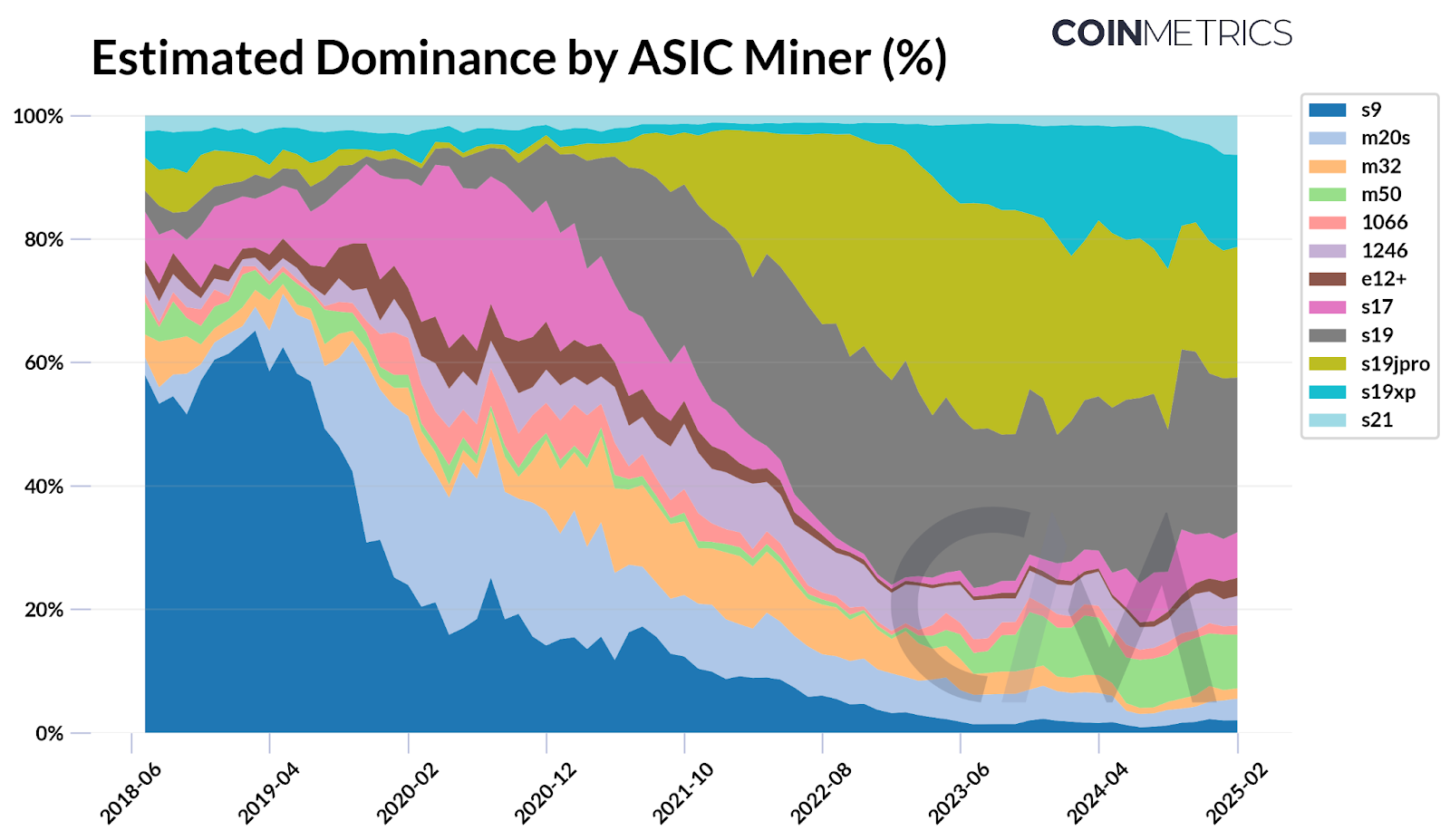
Bitmain has long been a dominant player in mining hardware, with popular models like the Antminer S19 and S21 known for their high efficiency. However, in early 2025, some US mining companies experienced delays in receiving Bitmain shipments due to tighter customs controls and new tariffs on Chinese imports.
“With Bitmain accounting for a majority of Bitcoin’s network hashrate, reliance on a single manufacturer, despite having distributed supply chains, presents a potential risk. Since Bitmain is primarily based in China, its dominance highlights how geopolitical dependencies can affect the stability of mining operations,” CoinMetrics reported.
These tariffs are not new. According to SCMP, the US has imposed duties of up to 27.6% on imported mining equipment from China since 2018.
However, recent measures indicate increasing regulatory scrutiny and trade pressures, further raising import costs for mining hardware. This inflates operational expenses for US-based miners and disrupts supply chains, limiting their ability to scale as global hashrate rises.
Recently, Hut 8 Corp., a Bitcoin mining and high-performance computing infrastructure firm, partnered with Eric Trump and Donald Trump Jr. to establish American Bitcoin Corp.
The company aims to become the largest and most efficient pure-play Bitcoin mining operation globally while building a strong strategic Bitcoin reserve. This move highlights the increasing interest from US institutional investors in the competitive mining industry.
Disclaimer
In adherence to the Trust Project guidelines, BeInCrypto is committed to unbiased, transparent reporting. This news article aims to provide accurate, timely information. However, readers are advised to verify facts independently and consult with a professional before making any decisions based on this content. Please note that our Terms and Conditions, Privacy Policy, and Disclaimers have been updated.
Market
3 Altcoins to Watch in the First Week of April 2025

As the crypto market enters Q2 2025, both investors and traders are anticipating a shift from bearish to bullish momentum. This change is essential for altcoins to recover, as many are currently facing challenges in bouncing back. However, growth potential remains for select tokens in the short term.
BeInCrypto has analyzed three altcoins to watch closely as April begins, highlighting the catalysts that could influence their price movements.
THORChain (RUNE)
RUNE’s price is currently at $1.117, hovering just above the $1.110 support level. For a potential rebound, the altcoin needs to reclaim $1.198 as support. Investor sentiment will play a crucial role in whether this upward movement materializes, leading to possible gains for THORChain (RUNE).
THORChain’s 3.4.0 upgrade is scheduled to take place this week, bringing significant improvements to the network. The upgrade could drive positive market sentiment, helping RUNE reclaim $1.198 as support. This momentum may push RUNE towards $1.396, aiding in recovering recent losses and supporting continued price growth.
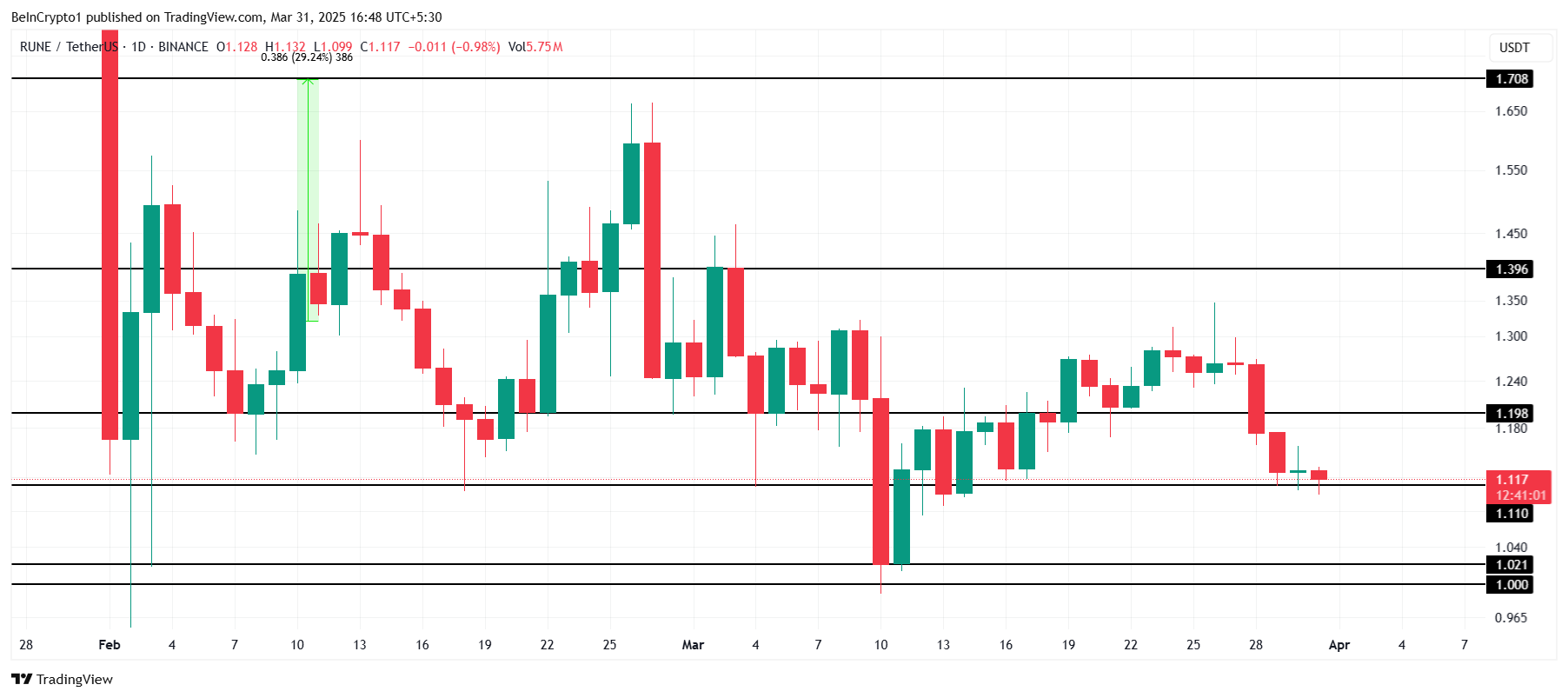
If the support at $1.110 is broken, RUNE may fall to $1.021, pushing it closer to losing the critical $1.000 level. A failure to maintain support could signal a bearish trend, invalidating the bullish outlook.
Artificial Superintelligence Alliance (FET)
FET price saw a 20% decline over the last five days, dropping to $0.452 after losing the support of $0.458. This decline puts the altcoin under pressure. However, the doors for potential recovery are open due to upcoming developments within the network.
The Artificial Superintelligence Alliance network is set for a mainnet upgrade this week, bringing new features to the ASI-1 Mini. This upgrade is expected to act as a catalyst for the price, pushing it toward the key resistance levels of $0.524 and $0.572 to recover recent losses.
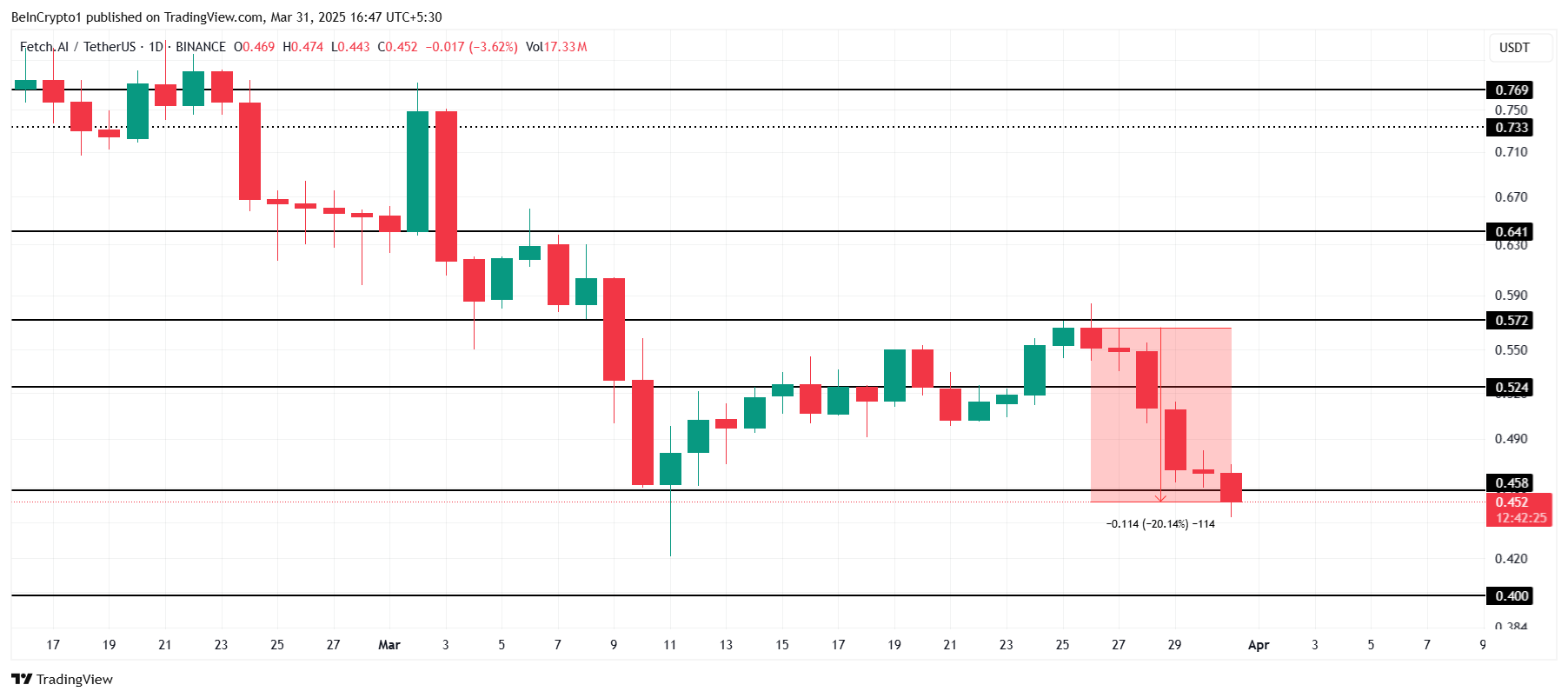
If the bearish trend continues, FET could fall further to $0.400, which would invalidate the bullish outlook and lead to extended losses. The price would need to hold above critical support levels to avoid deeper declines.
Ethereum (ETH)
Ethereum’s price is nearing a 17-month low of $1,745, following a 13.42% drop after failing to break through the $2,141 resistance. This recent price action suggests the altcoin king is struggling to regain momentum. The market conditions remain unfavorable for a quick recovery at this point.
Despite the current market downturn, Ethereum could see some recovery as investors look to capitalize on low prices. A short-term bounceback is possible if ETH successfully flips $1,862 into support, potentially pushing the price above $2,000. This would mark a significant recovery attempt from the recent drop.

If bearish conditions continue, Ethereum’s price might fall below $1,745, testing the next support at $1,625. A failure to hold this level would invalidate the bullish outlook and open the door for further declines, extending the recent losses.
Disclaimer
In line with the Trust Project guidelines, this price analysis article is for informational purposes only and should not be considered financial or investment advice. BeInCrypto is committed to accurate, unbiased reporting, but market conditions are subject to change without notice. Always conduct your own research and consult with a professional before making any financial decisions. Please note that our Terms and Conditions, Privacy Policy, and Disclaimers have been updated.
-

 Regulation24 hours ago
Regulation24 hours agoJapan Set To Classify Cryptocurrencies As Financial Products, Here’s All
-

 Market23 hours ago
Market23 hours agoTop 3 Made in USA Coins to Watch This Week
-

 Market22 hours ago
Market22 hours agoSolana (SOL) Price Risks Dip Below $110 as Bears Gain Control
-

 Altcoin17 hours ago
Altcoin17 hours agoCardano Price Eyes Massive Pump In May Following Cyclical Patern From 2024
-

 Market13 hours ago
Market13 hours agoBitcoin Bears Tighten Grip—Where’s the Next Support?
-

 Market12 hours ago
Market12 hours agoEthereum Price Weakens—Can Bulls Prevent a Major Breakdown?























